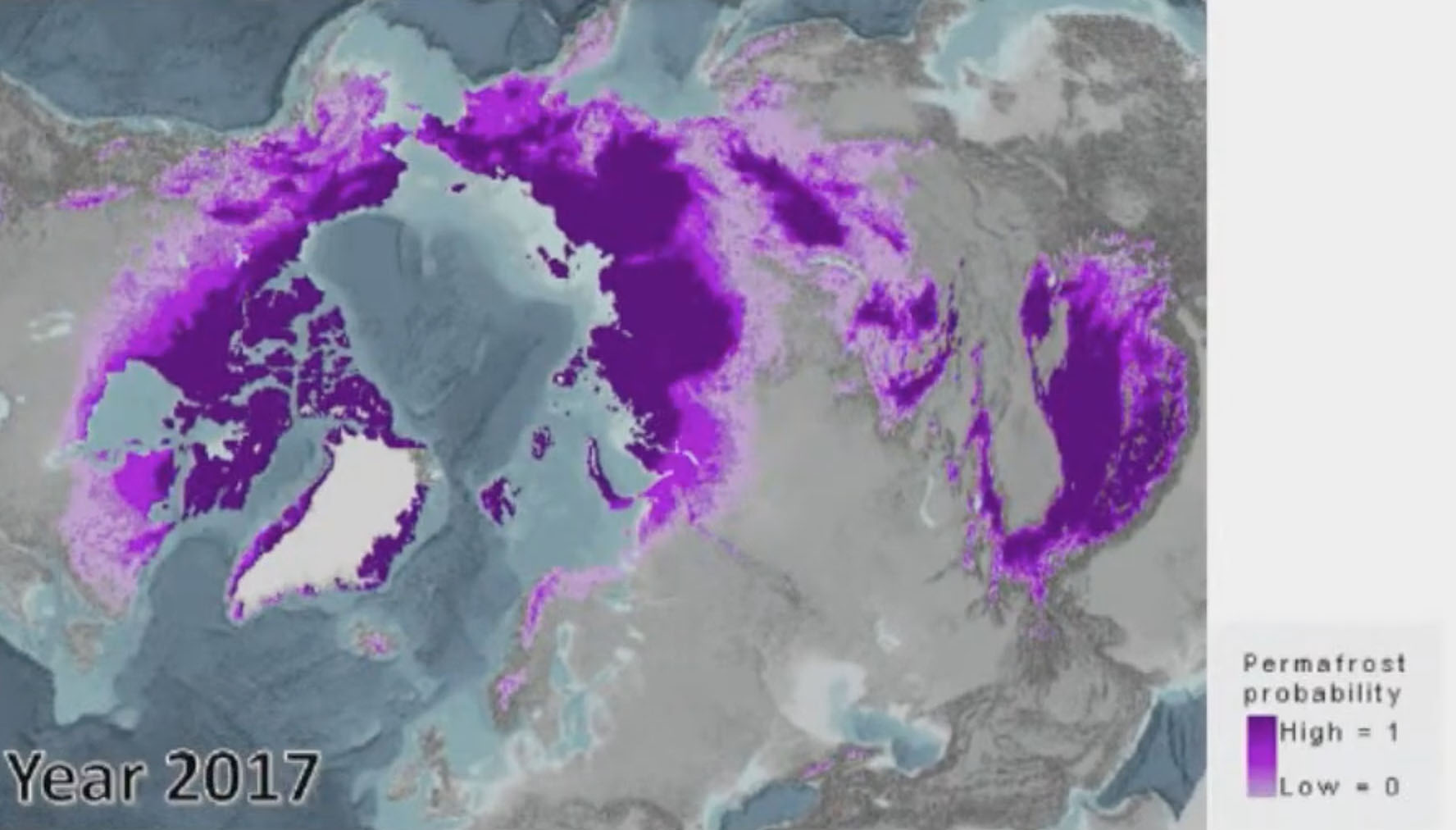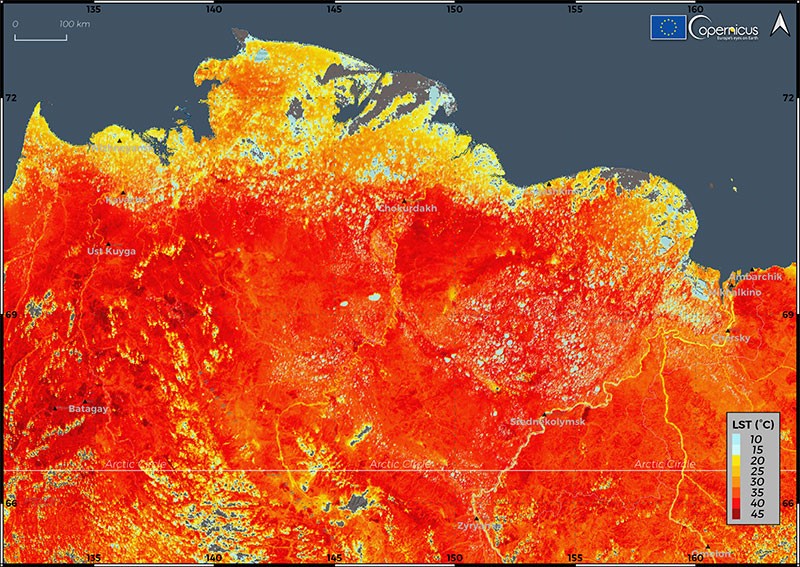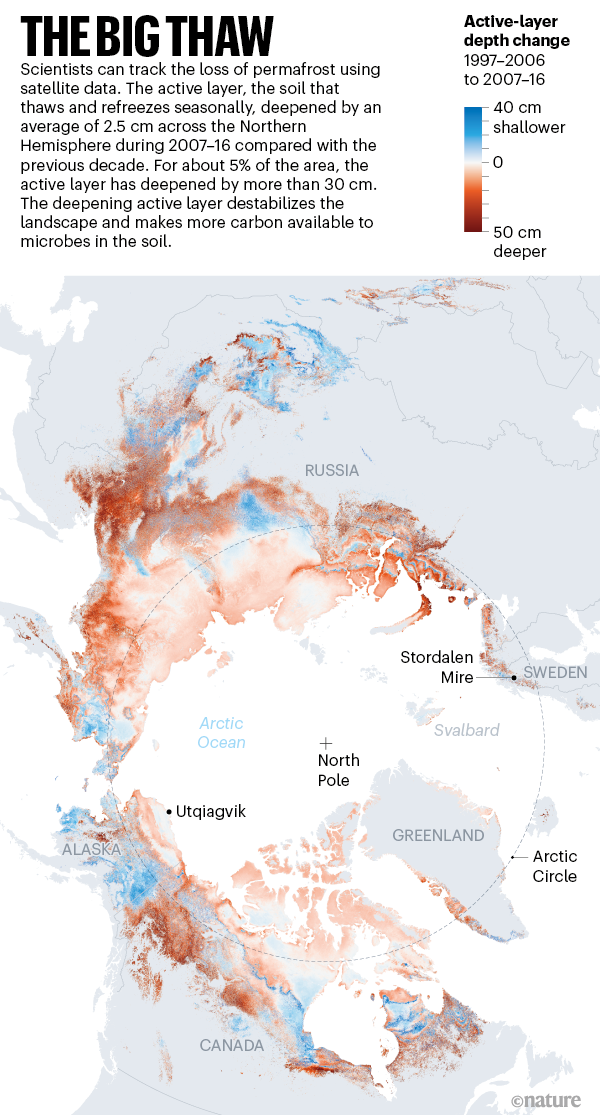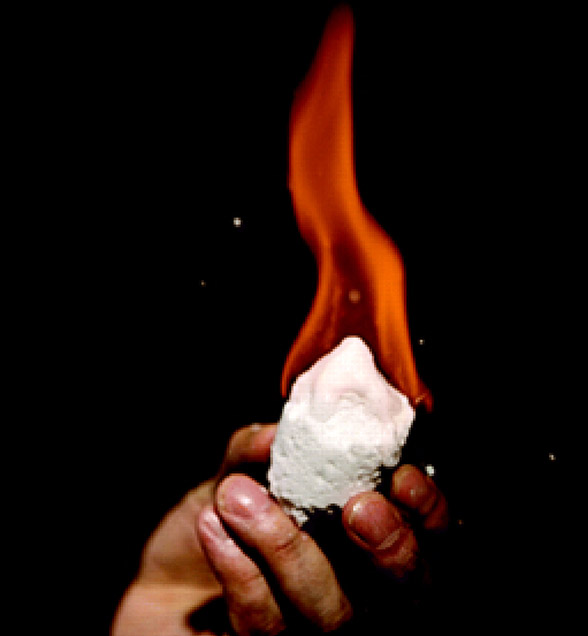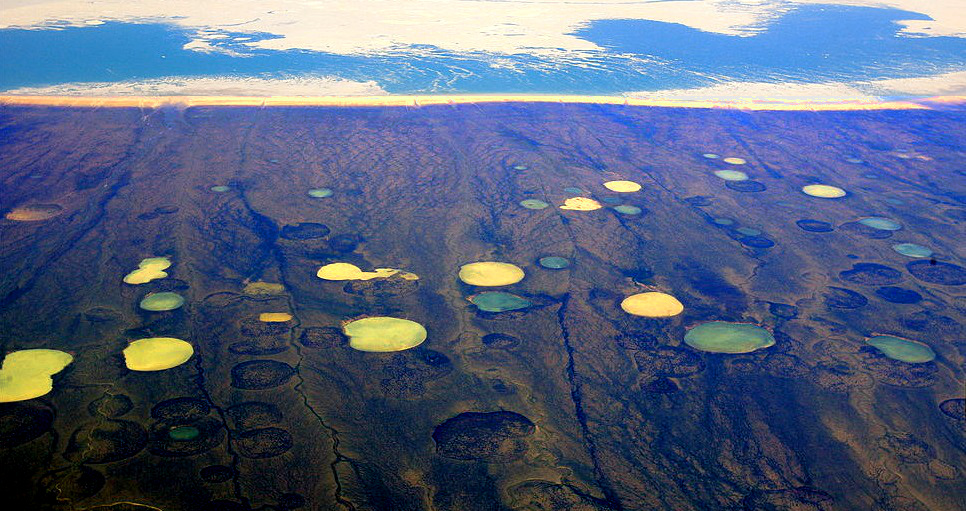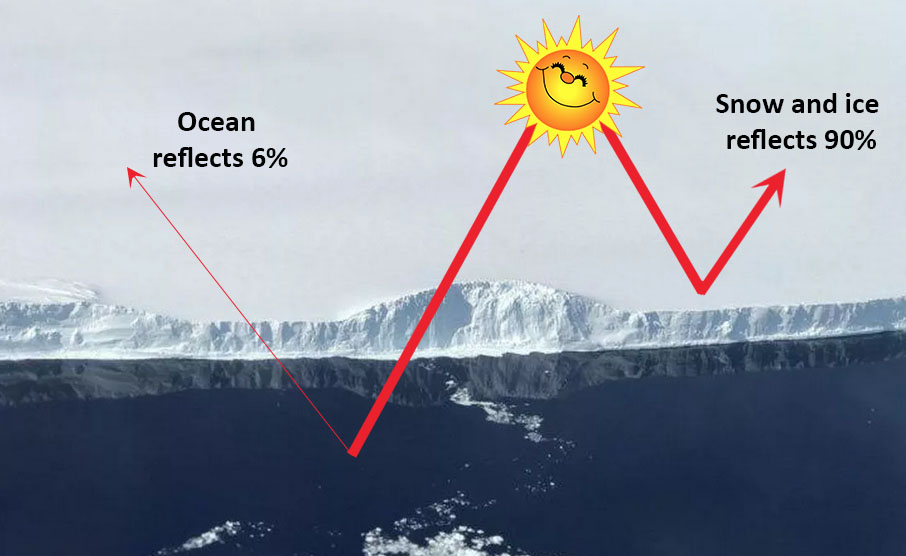Image: Katie Orlinksy, National Geographic
State of the Cryosphere Report 2023: Permafrost
- Why 2°C is Too High for Permafrost: 2°C global mean temperature means 4–6°C in the Arctic where most permafrost is located, since recent observations show parts of the Arctic warming 2–3 times faster than the rest of the planet. In addition, up to half of recent permafrost thaw has occurred during extreme heat events of up to 12°C above average, as a result of “abrupt thaw” processes where coastlines or hillsides collapse, or lakes form; exposing much deeper and greater amounts of permafrost to thaw. Once thawed, permafrost begins emitting CO2 or methane, even if temperatures later drop below freezing. These emissions are irreversibly set in motion and will not slow for 1–2 centuries, meaning that future generations must offset them (draw down carbon) at scales the size of a major emitter. At 2°C, annual total permafrost emissions (both CO2 and methane)* would probably total the size of the entire European Union’s emissions from 2019 (≈200Gt total by 2100 and about twice that by 2300). Permafrost thaw at 2°C might also be accelerated further by loss of Arctic sea ice in summer for several months, as the open water absorbs more heat; and by increased wildfires in Siberia and North America.
- Preserved at 1.5°C: Even at 1.5°C, studies indicate significant permafrost thaw and related emissions due to the dynamics outlined above, but these will be less in scale since temperatures will “only” average 3–4°C higher than today in the Arctic. “Very low” emissions (SSP1-1.9 also result in temperatures declining to below 1.4°C by the end of this century, preventing most additional new thaw. Summer Arctic sea ice also is mostly restored by this “very low” emissions level, helping to stabilize or decrease summer Arctic temperatures and extreme heat. Annual permafrost emissions will still need to be offset by future generations, but should be 30–50% less, more on the scale of India in 2019 (150Gt by 2100).
- Today’s Emissions Aiming Towards 3°C+: If CO2 continues to grow in the atmosphere at today’s pace, which has not paused despite current pledges, global temperatures will reach 3°C or more by the end of this century. At such high temperatures, much of the Arctic, and nearly all mountain, permafrost will reach the thawed state, producing annual carbon emissions on the scale of the U.S. plus EU in 2019 for centuries,57 greatly accelerating global heating.
- The 2°C Takeaway: 2°C – and even 1.5°C – is too high to prevent extensive permafrost thaw and resulting CO2 and methane emissions that will cause temperatures to continue to rise, even once human emissions reach zero, unless offset by extensive negative emissions/ carbon drawdown; but 1.5°C will decrease the size of such emissions significantly.
Melting permafrost (Northern Hemisphere)
Video 1:The Road to COP28: Melting Ice, Rising Seas and Why 2°C is Too High (2023)
Unlike ice, permafrost doesn’t ‘melt’ once temperatures rise above 0°C. It falls apart and the organic material decomposes, just as frozen meat or vegetables left outside a freezer will decompose if not eaten. If permafrost decomposes in an environment where there’s oxygen, then carbon dioxide is released. If the environment is anaerobic (lacks oxygen), methane, which is 23 times more potent that carbon dioxide as a greehouse gas, is released. This enters the atmosphere either directly or via lakes and ponds (Video 2):
“We managed to put a finger on when exactly when continuous permafrost melt starts…this is probably the tipping point, 1.5°C warming.” – Dr Anton Vaks, Oxford University
Video 2: This episode of ‘Weathered’ explores the latest (2023) research on the possibilities of abrupt permafrost thaw as well as the much deeper yedoma regions that could be triggered later on.
“…ice sheets overlie extensive, biologically active methan-ogenic wetlands and high rates of methane export to the atmosphere can occur via efficient subglacial drainage pathways. Our findings suggest that such environments have been previously underappreciated and should be considered in Earth’s methane budget.” – Lamarche-Gagnon et al 2019
The ‘subglacial drainage’ process that’s melting glaciers and ice sheets described in the section on Antarctica, is also awakening microbes in ancient swamps and releasing methane from beneath Greenland. Antarctica is many times larger than Greenland and was once covered in lush forests, so is likely to have very large areas of permafrost.
“Several orders of magnitude more methane has been hypothesized to be capped beneath the Antarctic Ice Sheet than beneath Arctic ice-masses. Like we did in Greenland, it’s time to put more robust numbers on the theory.” – Lamarche-Gagnon 2019
Burning ice: methane clathrates
“Here we are. It’s 2020, and [atmospheric methane] is not only not dropping. It’s not level. In fact, it’s one of the fastest growth rates we’ve seen in the last 20 years.” – Drew Shindell, Duke University
Methane clathrates, also called methane hydrate, hydromethane, methane ice, fire ice, natural gas hydrate, or gas hydrate, is composed of methane trapped and frozen within a crystal structure of water, forming a solid that looks like ice but is highly flammable (Fig. 5).
Once thought to exist only in the frozen outer parts of the Solar System, it turns out to abundant in permafrost and beneath the ocean floor.
The USGS regard methane clathrates as fossil fuel resource; one cubic metre of methane hydrate produces between 163-180 cubic metres of natural gas (so the explosive potential is also high). While they have identified the risks of mining it…
“The result might be gas blowouts, loss of support for pipelines, and sea-floor failure that could lead to underwater landslides and the release of methane from hydrates.” – USGS
…the prospect of so much cheap gas is hugely appealing, especially as the Arctic is becoming increasingly accessible as more sea ice melts each year.
‘Tipping points’ are being exceeded in large areas as the Arctic Ocean also experiences record breaking temperatures for extended periods (Fig. 6). Videos 3 & 4 explore, amongst other impacts, how methane erupts due to melting permafrost.
In shallow coastal waters and lakes, methane bubbles to the surface and escape directly into the atmosphere (top image; see peer-reviewed open access paper by Shakova et al.) In deep waters, the methane dissolves before reaching the surface. On the land and underwater, these abrupt explosive ‘burbs’ are forming large craters (Figs 3, 4, 7 & 8).
Video 3: Explains how methane clathrates formed, why they are now melting, and the implications.
Video 4: Explains that large scale melting of clathrates in 2020 after Siberia experienced temperatures up to 45C (Fig. 6).
Video 5: IPCC State of the Oceans and Crysophere 2019 (7 minutes)
Video 6: IPCC State of the Oceans and Crysophere 2019 (56 minutes)


